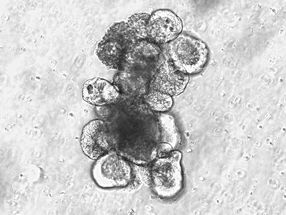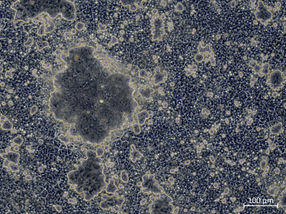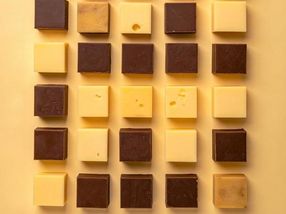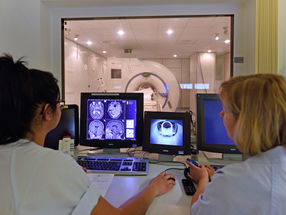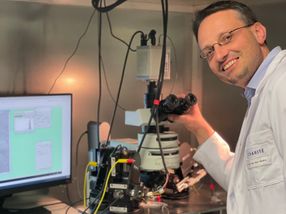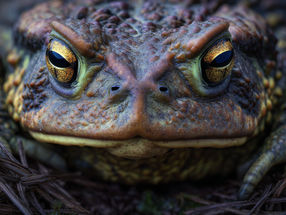Is lunar dust harmful to humans?
Roche’s xCELLigence System used to investigate effects of lunar and Martian dust on mammalian skin
Advertisement
Exposure to lunar dust during the Apollo missions resulted in reports of ocular, respiratory and dermal irritation, suggesting that lunar dust is a potential risk to human health. Because it is highly reactive and fine, extraterrestrial dust can quickly become wide-spread in human habitats. To best support future missions to the moon, Mars and other destinations, the health risk of extraterrestrial dust needs to be assessed. A team of scientists headed by Klaudia Brix, an expert in cell biology and skin regeneration at Jacobs University in Bremen, recently conducted a study using the xCELLigence System from Roche Diagnostics, providing extensive information about the effects of extraterrestrial lunar dusts on human health.
In this study, the research team evaluated the effects of extraterrestrial dusts on mammalian skin. HaCaT keratinocytes and CHO-K1 fibroblasts were exposed for various periods of time to dusts that simulate lunar or Martian soils. Particular attention was paid to changes in cell morphology and cell viability. Keratinocytes and fibroblasts were used because human skin protects the human body from potentially harmful substances and is also where wound healing occurs. Real-time, label-free cytotoxicity measurements were made by continually monitoring cell impedance using the xCELLigence System and performing the Roche MTT assay. In addition, phalloidin staining of the actin cytoskeleton and propidium iodide uptake assays were performed to investigate cellular structural integrity.
By looking at various functions of the two cell lines, the researchers were able to identify two types of simulated lunar dust: Following exposure to the simulated lunar dust, HaCaT keratinocyte proliferation, analyzed using Ki67 labeling, was suppressed in sub-confluent cultures, and regeneration of keratinocyte monolayers after a scratch wound was also found to be delayed. In particular, the finding that extraterrestrial dust exposure has a negative effect on wound healing will result in additional risk assessment studies when planning lunar lander extraterrestrial exploration. These important results will help scientists organize appropriate safety measures that will minimize the risks to human health when human skin is exposed to lunar or Martian dust on extraterrestrial missions.





